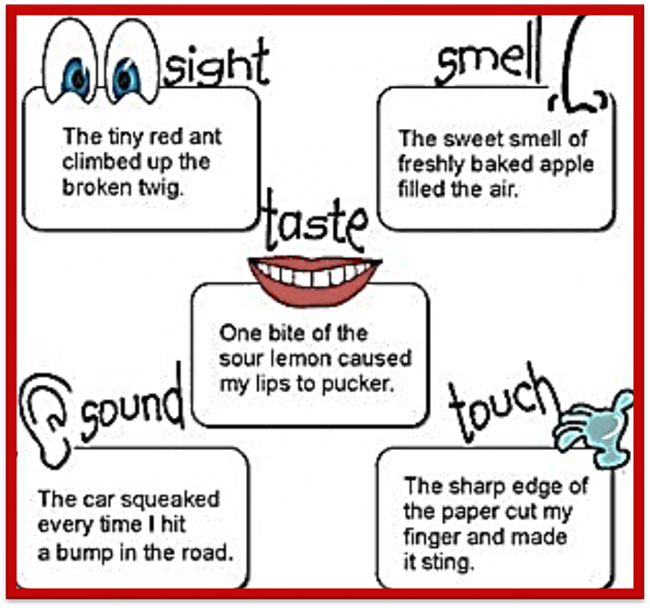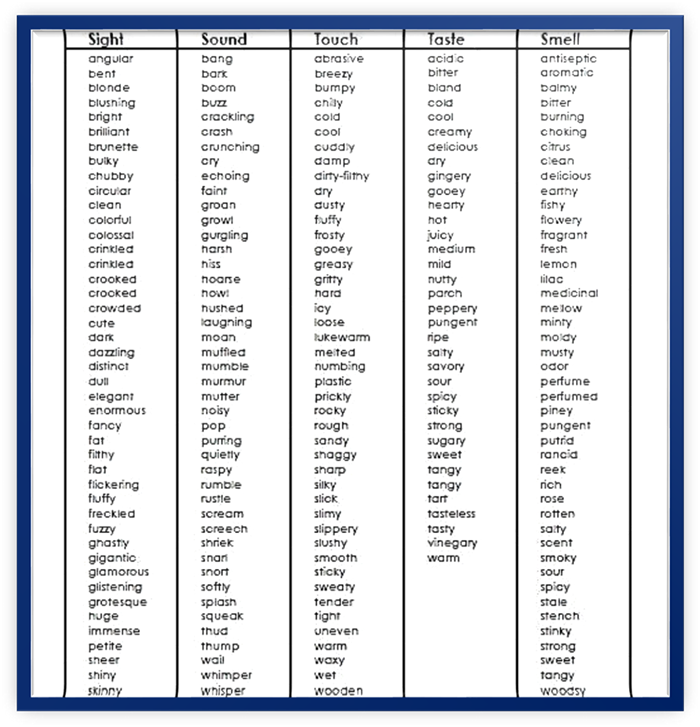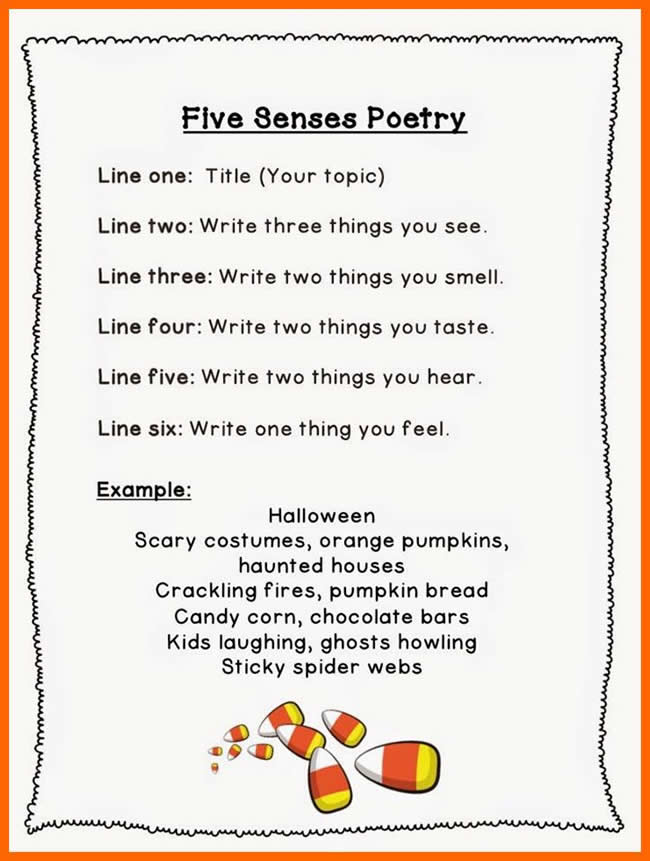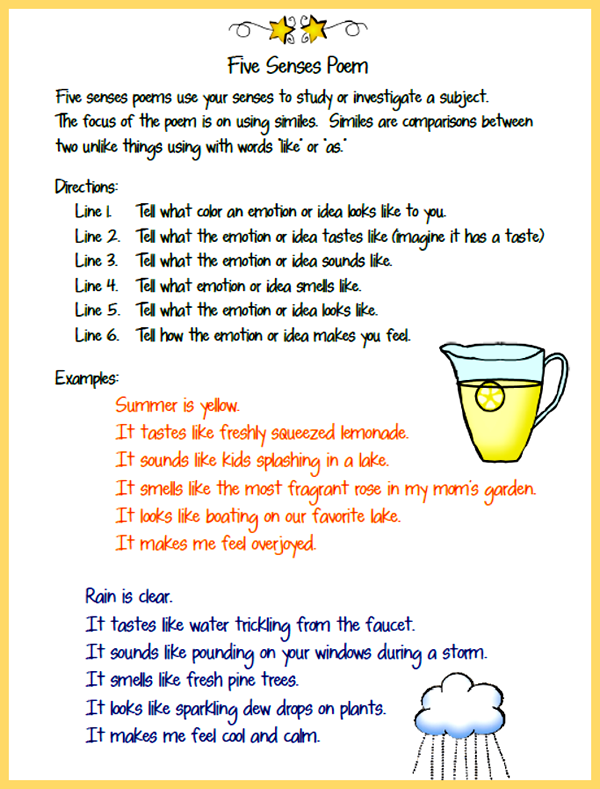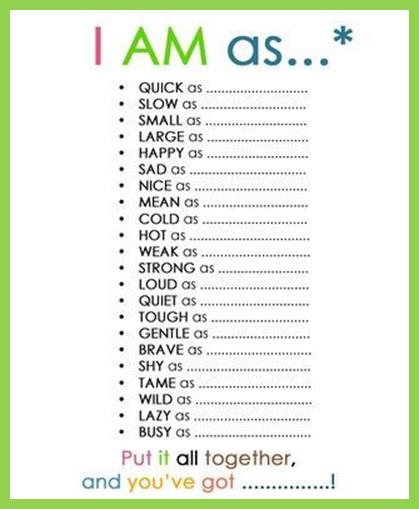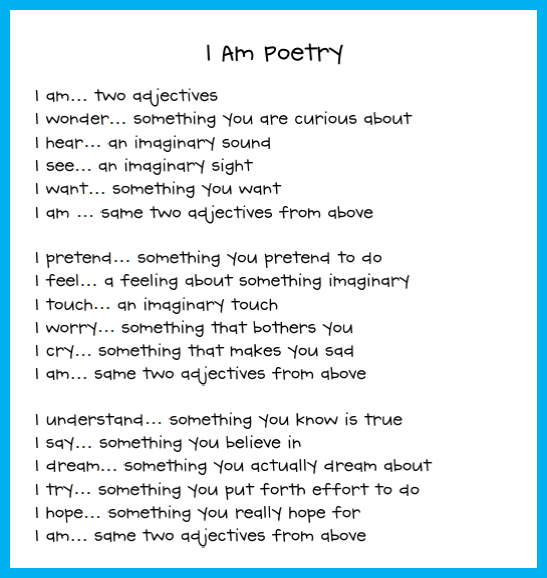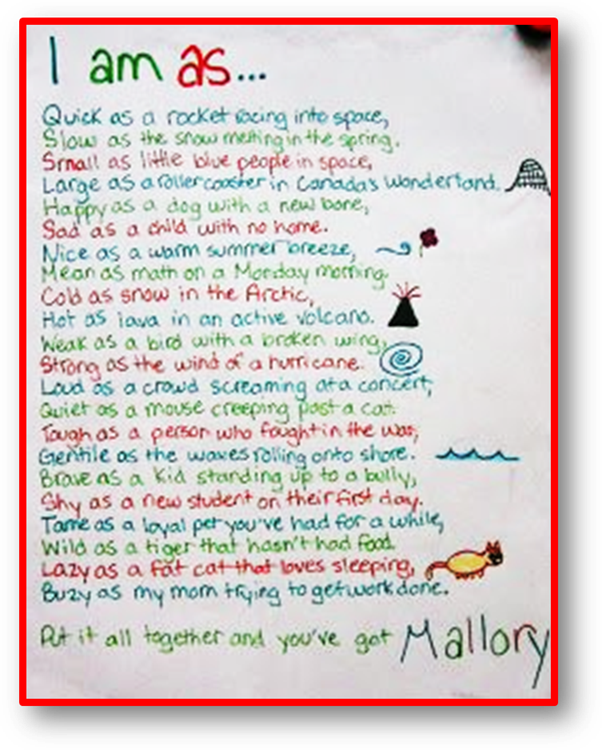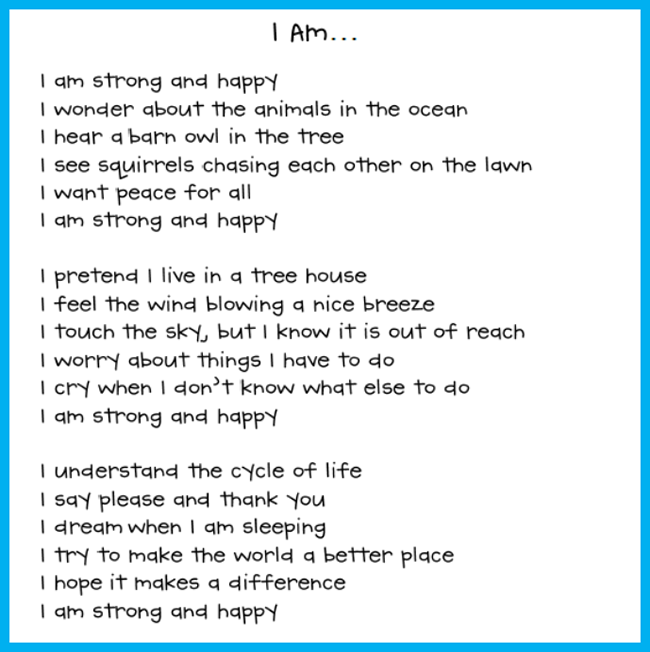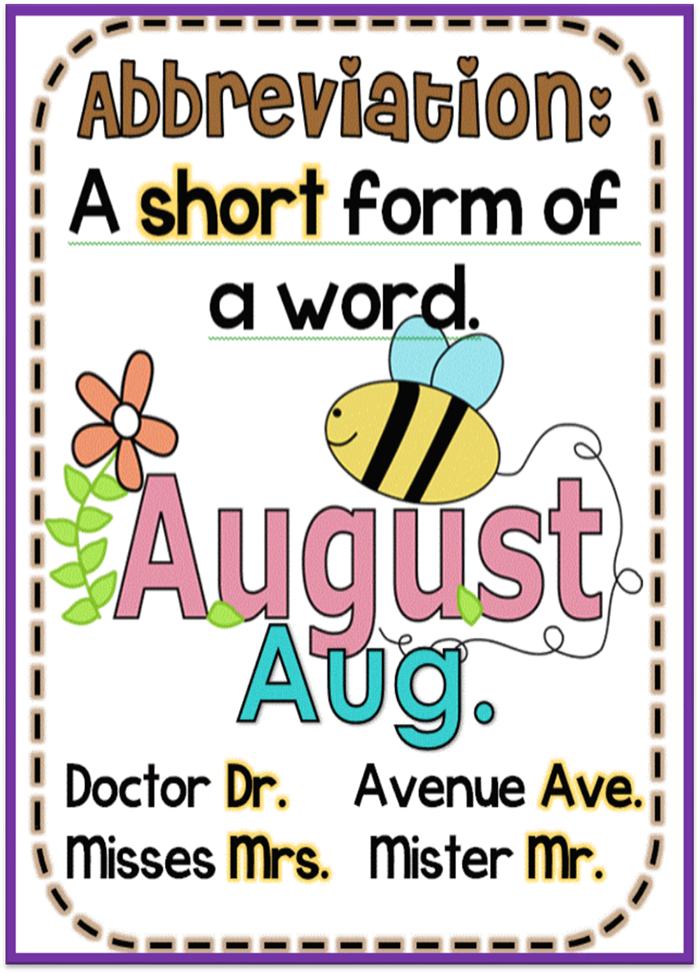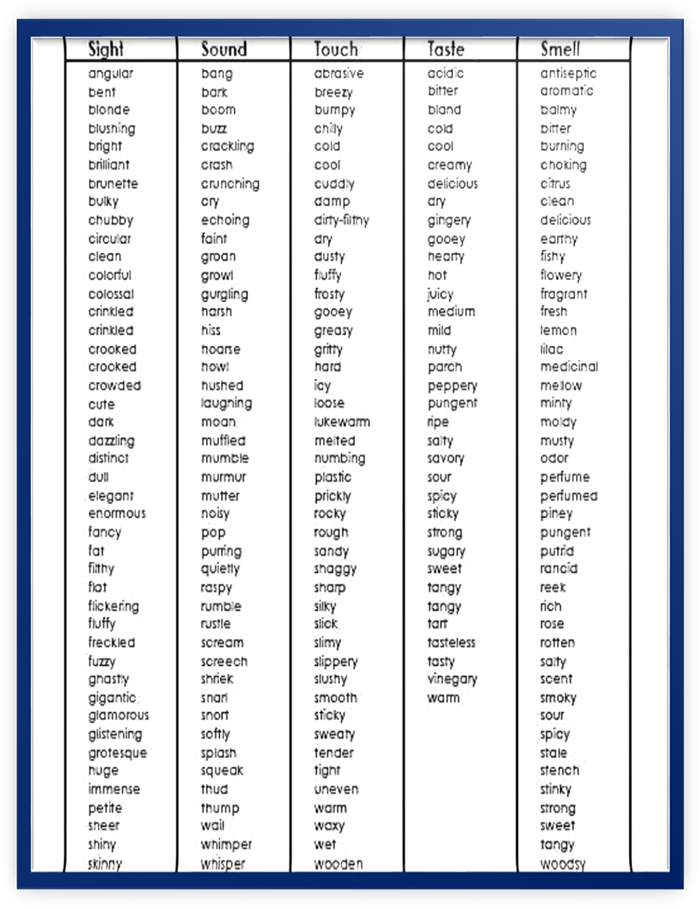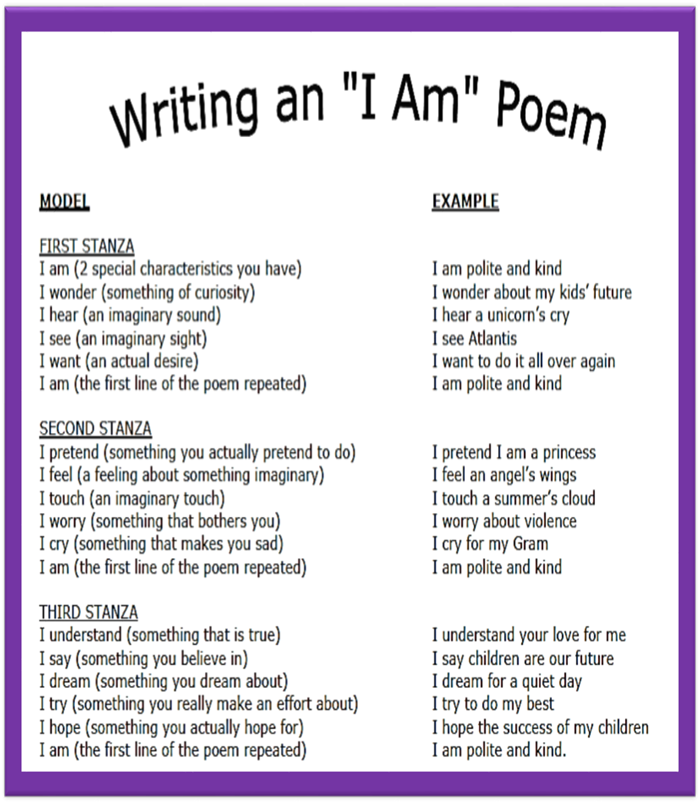Descriptive Poetry
II
Unit Overview
|
Message to Adult
Mentor |
|
This lesson continues a format that is integrated and includes the reading
process (literary and informational), writing, spelling and fluency. You will
be asked to read aloud and model book handling, left-right reading,
expression and fluency. During Guided Oral
Reading, the student will read the story orally and work on reading strategies
and respond to literature. Spelling words will be introduced during this
lesson and a variety of spelling activities will be assigned. There will be
opportunities to make words with magnetic letters and learn word families.
Writing instruction will continue with a focus on writing sentences and
questions. Since daily writing is key to the reading-writing process, time
should be set aside daily for a journal entry. Topics for writing in the journal should be
self-selected and drawing a picture to accompany the writing is encouraged.
The writing journal will be turned in at the end of the course. |
Word Power
Sight Word
Scrabble
Fluency
|
Message to Adult Mentor: |
|
Let’s continue to increase sight word vocabulary. These
sentences include common words that appear often in text, which children need
to know instantly for their reading.
In the following sentences, the focus is on the words, which are high
frequency words (sight words). If you notice that the student is having
difficulty with these words, please practice them throughout the week.
|
Read the sentences silently, then aloud to your adult
mentor. It is important to be able to
recognize high frequency words and reading them should become automatic.
1.
The basket is full of apples.
2.
He got sick.
3.
The seed will grow into a plant.
4.
Hold onto the railing.
5.
I will be happy if you play.
6.
Keep up the good work.
7.
Be kind to others.
8.
I heard them laugh at the joke.
9.
Turn on the light.
10.
Her hair is long.
Sight
Word Building Fun
Sight Word -Word Search
 Now answer questions 1-10.
Now answer questions 1-10.
Spelling

|
Message to Adult
Mentor |
||||||||||
|
Please read the following to student: In this lesson,
you will learn to spell words with the r-controlled
“e” with the /er/ sound. With your magnetic letters, make the
following words, saying each word as you make it.
Next, the student may choose one or more activities to practice their spelling words each day from the Spelling Menu below! |
Unit 28 Spelling Words
|
Unit 28
Spelling Words |
|
|
1.
here |
6.
fern |
|
2.
germ |
7.
clerk |
|
3.
herd |
8.
desert |
|
4.
nerve |
9.
pattern |
|
5.
serve |
10.
term |
Spelling Menu
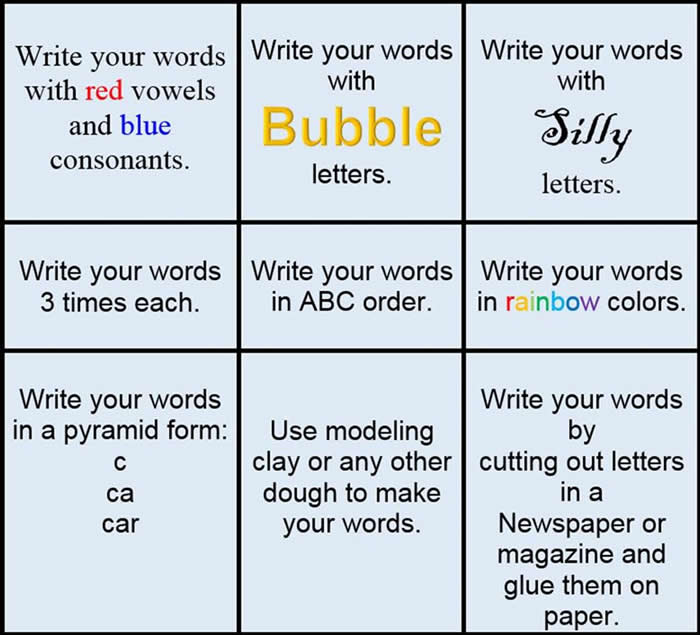
Click on SPELLING TRAINING to practice your spelling words. Add each of your spelling words to the list, then complete one the activites below the list.
Click on the link below to print a
fun activity to help you practice your spelling words!
 Now answer question 11.
Now answer question 11.
![]()
Reading 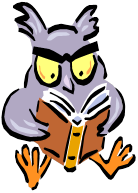
|
Message to Adult Mentor: |
|
Please read this paragraph to the student: It is time to turn
our attention to reading! We have
learned about Acrostic, Haiku, Cinquain, and Diamante poetry. In this unit, we are learning about I Am and
Five Senses Poetry.
|
Five Senses Poetry
It
is time to turn our attention to reading!
Five Senses Poems are an
easy, yet creative way to write a good poem that uses imagery. They use your
senses to study or investigate an object.
Your five senses are: sight, smell, taste, hear, and touch.
The
focus of the poem is on similes and metaphors.
Similes are comparisons
between two unlike things using the words “like” or “as.” For example, summertime tastes as sweet as
lemonade. Metaphors are comparisons between two unlike things NOT using “like” or “as.” Such as, happiness is a warm slice of apple
pie.
Five Senses Descriptive Word Bank
When you are writing Five Senses Poetry, it is important to show the reader what you are saying and not just tell them about it. To do this, use adjectives to describe your five senses. The chart below can help you do this.
More Examples of Five Senses Poems:
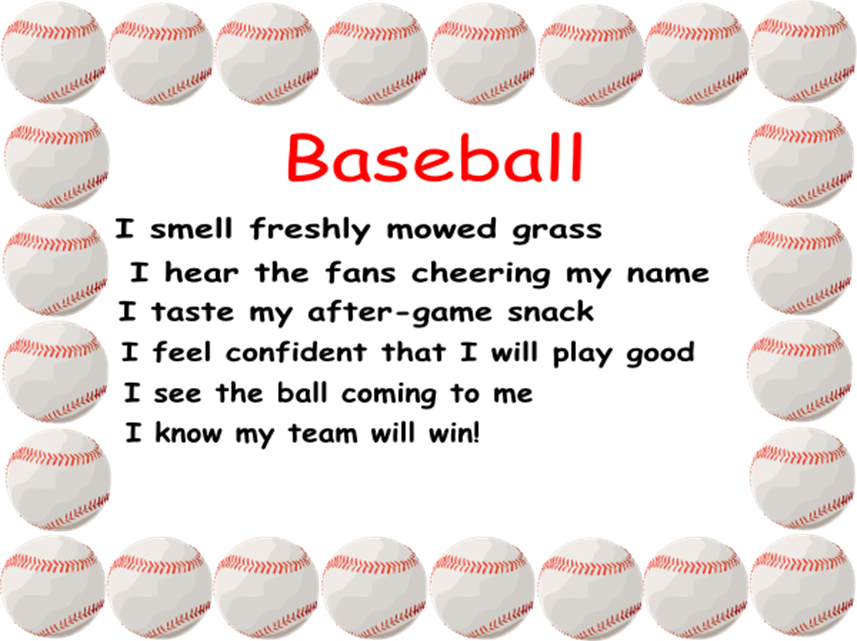
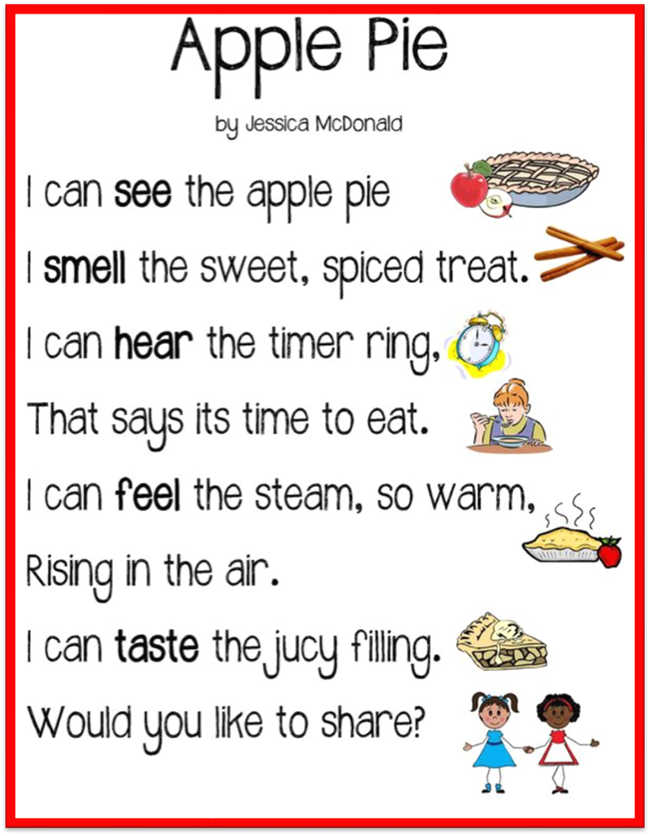
 Now answer questions 12-16.
Now answer questions 12-16.
I Am Poetry
It is time to turn our attention to reading! When writing I Am Poetry, you are describing a person, most likely you. An I Am poem is meant to help you describe yourself as an individual. Sometimes you may write about other people, such as your friends or famous people. Just like Five Senses Poetry, your focus is on imagery, similes, and metaphors. There are a couple different ways that you can write I Am Poetry. The images below show you two of those ways. Most I Am poems follow a template and you fill in the missing descriptive words or phrases to write the poem.
Examples of I Am Poems:
 Now answer questions 17-20.
Now answer questions 17-20.

Writing- Grammar
Abbreviations
|
Message
to Adult Mentor |
|
Read the following to the student and
discuss: An abbreviation the short form of a
word and ends with a period. Titles of
people, days of the week, months of the year, and addresses are words that
can be abbreviated. |
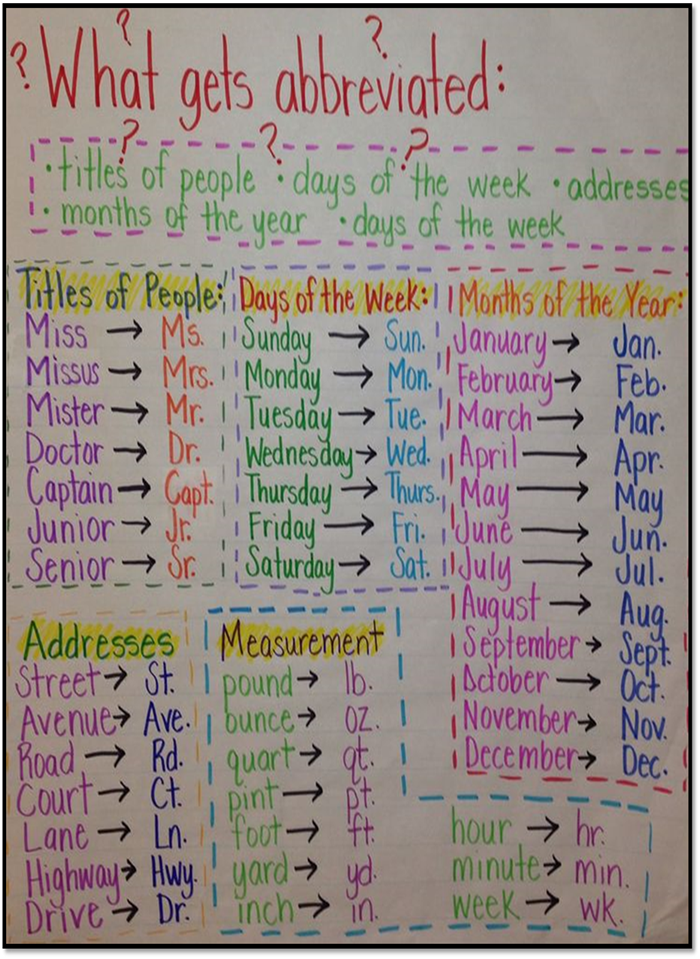
Let’s
try a few examples! Read each word. Choose the abbreviation for each
word and spell them aloud. Discuss your
answers with your mentor.
|
1. February |
6. doctor |
|
2. avenue |
7. Friday |
|
3. Monday |
8. street |
|
4. road |
9. missus |
|
5. mister |
10. boulevard |
Let’s Practice! Click on the links below to print
these fun Abbreviation activities!
Wild About Abbreviations
Abbreviation Matching Worksheet
Abbreviations Practice
 Now
answer questions 21-30.
Now
answer questions 21-30.

Writing – Five Senses Poetry
You are going to write your own Five Senses Poem!
Step 1: Choose Your Topic
The first step for the poet is to choose a topic to write about. You may write about an experience, such as crunching through the autumn leaves or baking our favorite cookies, a feeling, an object, or a color.
Step 2: Think It Through
Next you are going to describe your topic with each of the five senses; sight, smell, taste, hear, touch. Brainstorm a list of ideas to use in your poem that relate to the topic you are working with. You may use the Five Senses Descriptive Word Chart below to help you. Print the Five Senses Rough Draft to get you started.
Five Senses Descriptive Word Chart
Step 3: Write Your Poem
Print the Five Senses Poem Final Template to rewrite your final copy.
Step 4: Illustrate
Finally, draw and color a picture that shows the meaning of the poem! Be creative, colorful, and neat! When you are finished, place your Five Senses Poem in your writing journal.
Writing – I Am Poetry
You are going to write your own I Am Poem!
Step 1: Choose Your Topic
The first step for the poet is to choose a topic to write about. This time you are going to write about yourself! Then you need to choose the template that you are going to use.
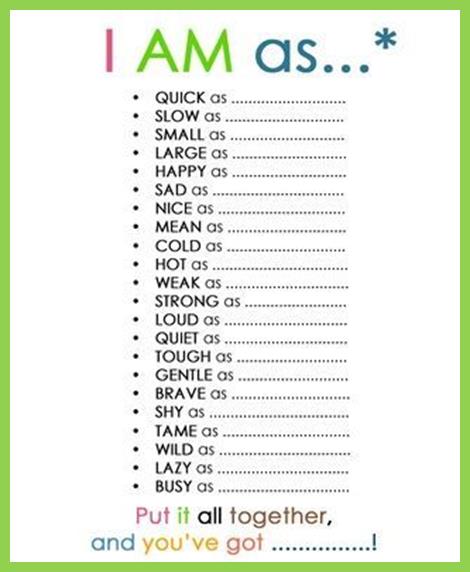
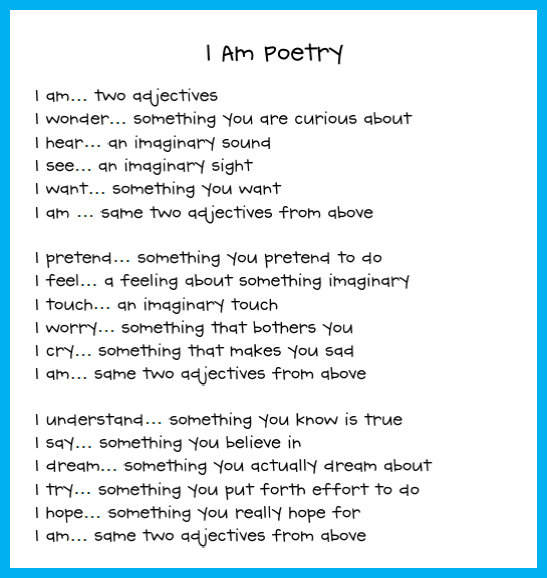
Step 2: Think It Through
Brainstorm a list of ideas to use in your poem
that describe you. Print the I Am Poem
Rough Draft or the I Am as... Rough Draft to get you started.
Step 3: Write Your Poem
Print the I Am Poetry Final Template or I Am Poetry Final Template2 to rewrite your final copy.
Step 4: Illustrate
Finally, draw and color a picture that shows the meaning of the poem! Be creative, colorful, and neat! When you are finished, place your I Am Poem in your writing journal.

Spelling
Test
|
Message to Adult
Mentor |
|||||||||||||||||||||||||||||||||
|
Please feel free
to use the sentences below or create your own! Read the following instruction to student: Now it is time to
take your spelling test. Number your writing paper to ten. Your adult mentor will read the screen and
say each spelling word as you write them. Then, read the sentence provided.
You will send your paper to the VLA Teacher to be checked. Please send it on Friday.
|
|||||||||||||||||||||||||||||||||
Now
it is time to take your spelling test! Number your writing paper to ten. Your adult mentor will read the screen and
say each spelling word as you write them. Then, read the sentence provided. You
will send your paper to the VLA Teacher to be checked. Please send it on Friday.
 Now answer question 31.
Now answer question 31.
Cursive Writing
You are moving right along in
learning how to form cursive letters and make them into words. In fact, after this lesson, you will have
worked with all of the lower case
letters. Sooooo, let’s do something fun
with the letters you have learned so far.
Choose your favorite lower case
letters and write a sentence, on non-journal writing paper, using the
letters. Then draw a picture to
illustrate your sentence. Ask your
mentor where you can hang the finished paper.
Now let’s learn some more cursive
letters and put them together to form more new words.
We will start with the cursive letter
“g.”
Look
carefully at the following animated cursive “g.”
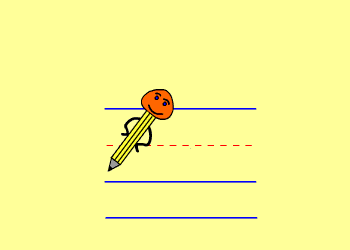
With your mentor’s help, read the
chart below. It tells exactly how to form the
cursive “g.”
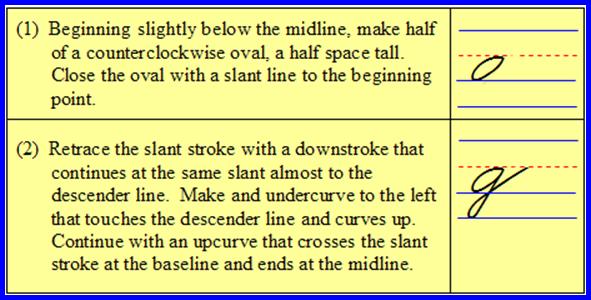
Next, look at the
animated “g” again.
As you look at it, trace the strokes
in the air. Do this 5 times, or more, if
you would like.

Next, practice writing the letter on
paper. Click on this link PDF File to
retrieve and print a worksheet for practice.
You will send this sheet to your VLA Teacher on Friday.
 Now answer question 32.
Now answer question 32.
Let’s move
on to the cursive letter “q.”
Look
carefully at the following animated cursive “q.”
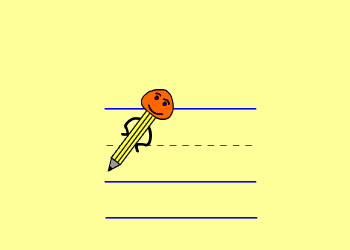
With your mentor’s help, read the
chart below. It tells exactly how to form the
cursive “q.”
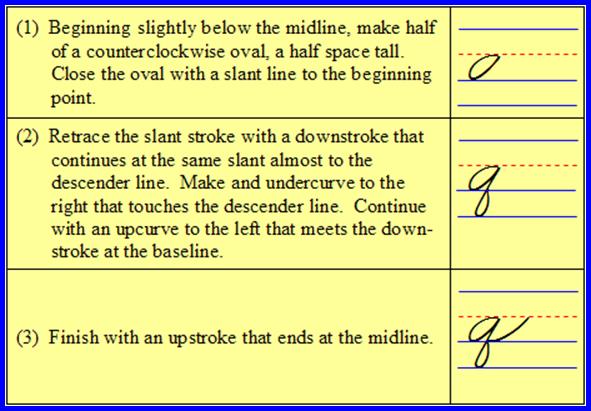
Next, look at the animated “q”
again.
As you look at it, trace the strokes
in the air. Do this 5 times, or more, if
you would like.

Next, practice writing the letter on
paper. Click on this link PDF File to retrieve and print a worksheet for practice. You will send this sheet to your VLA Teacher
on Friday.
 Now answer question 33.
Now answer question 33.
Let’s move
on to the cursive letter “z.”
Look
carefully at the following animated cursive “z.”
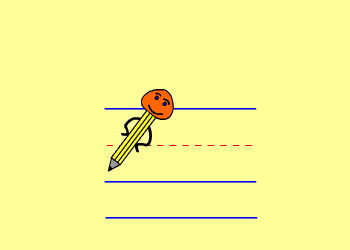
With your mentor’s help, read the
chart below. It tells exactly how to form the cursive “z.”
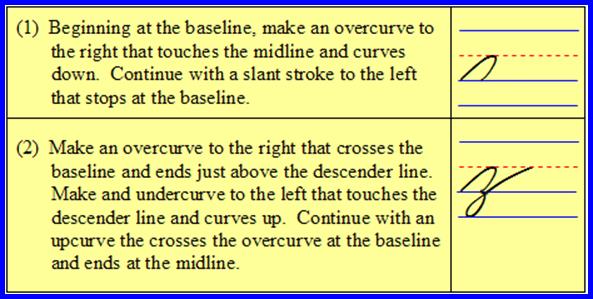
Next, look at the
animated “z” again.
As you look at it, trace the strokes
in the air. Do this 5 times, or more, if
you would like.

Next, practice writing the letter on
paper. Click on this link PDF File to retrieve and print a worksheet for practice. You will send this sheet to your VLA Teacher
on Friday.
 Now answer question 34.
Now answer question 34.
